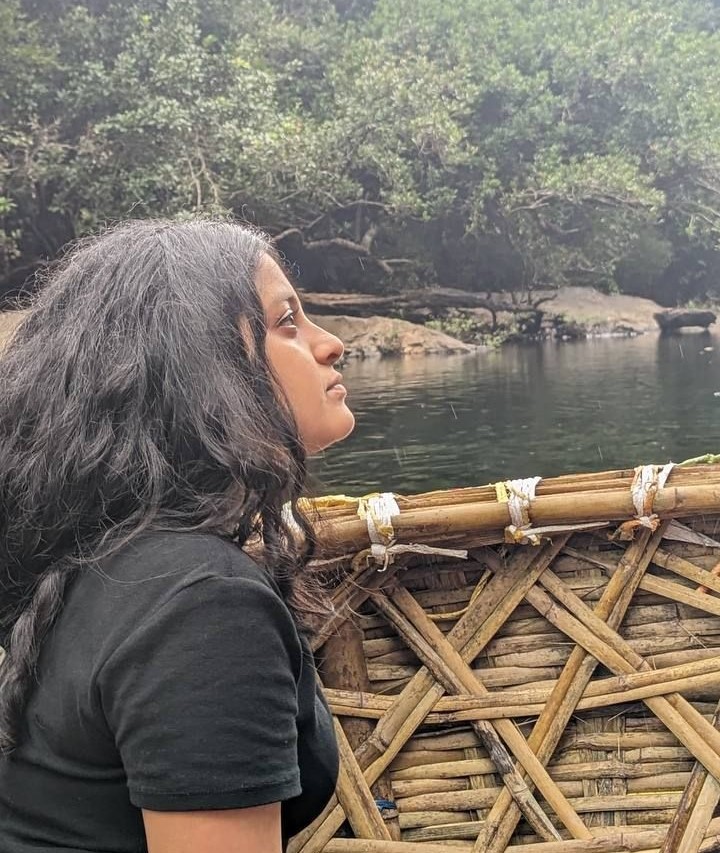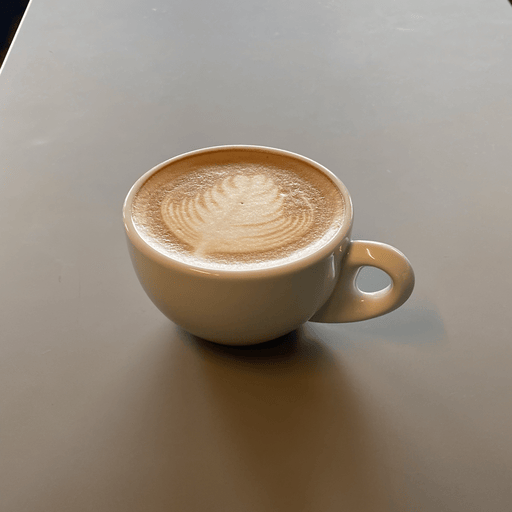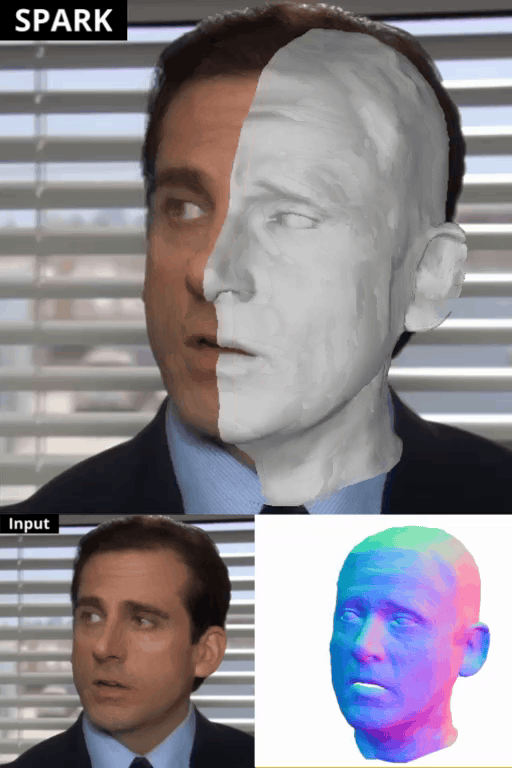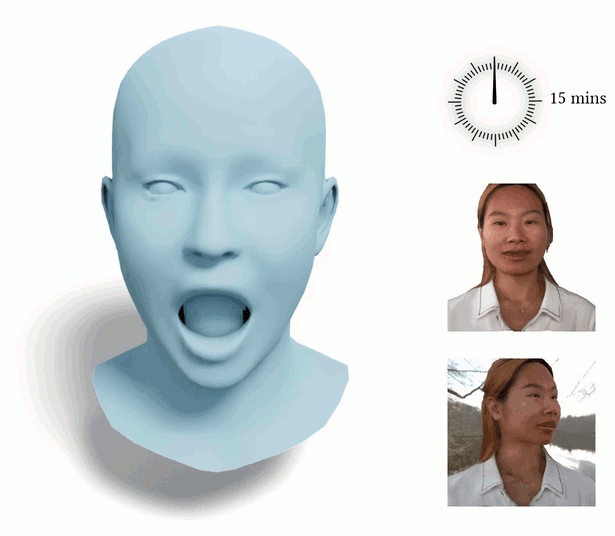Shrisha Bharadwaj
Ph.D. at Max-Planck Institute for Intelligent Systems, Germany

I am advised by Michael J. Black and Victoria Fernández Abrevaya. My research interest lies in the intersection of computer vision and computer graphics, particularly, in relighting. I have worked on inverse rendering and 3D reconstruction in the past. In constrast, I am currently exploring if relighting can be achieved through neural rendering without explicitly modeling the geometry, material and lighting.
I completed my masters in Machine Learning at the University of Tübingen. For my masters thesis, I worked on improving 3D reconstruction by exploring the benefits of depth information for radiance fields at Autonomous Vision Group.
news
| Oct 1, 2025 |
GenLit is accepted at SIGGRAPH Asia ‘25 and we released the updated document! |
|---|---|
| Dec 4, 2024 | FLARE: Preprocessed data and model weights released for 9 subjects HERE!! |
| Sep 1, 2024 |
I started my Ph.D. at Max-Planck Institute for Intelligent Systems! |
| Aug 1, 2024 | Check out our paper SPARK that is accepted in SIGGRAPH Asia 2024. |
| Oct 1, 2023 | Our paper FLARE got accepted at SIGGRAPH Asia ‘23! |
selected publications
-
 GenLit: Reformulating Single Image Relighting as Video GenerationIn SIGGRAPH Asia Conference Papers ’25, 2025
GenLit: Reformulating Single Image Relighting as Video GenerationIn SIGGRAPH Asia Conference Papers ’25, 2025 -
 SPARK: Self-supervised Personalized Real-time Monocular Face CaptureIn SIGGRAPH Asia 2024 Conference Proceedings, Dec 2024
SPARK: Self-supervised Personalized Real-time Monocular Face CaptureIn SIGGRAPH Asia 2024 Conference Proceedings, Dec 2024 -
 FLARE: Fast learning of Animatable and Relightable Mesh AvatarsACM Transactions on Graphics, Dec 2023
FLARE: Fast learning of Animatable and Relightable Mesh AvatarsACM Transactions on Graphics, Dec 2023